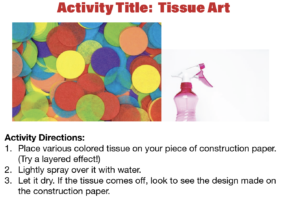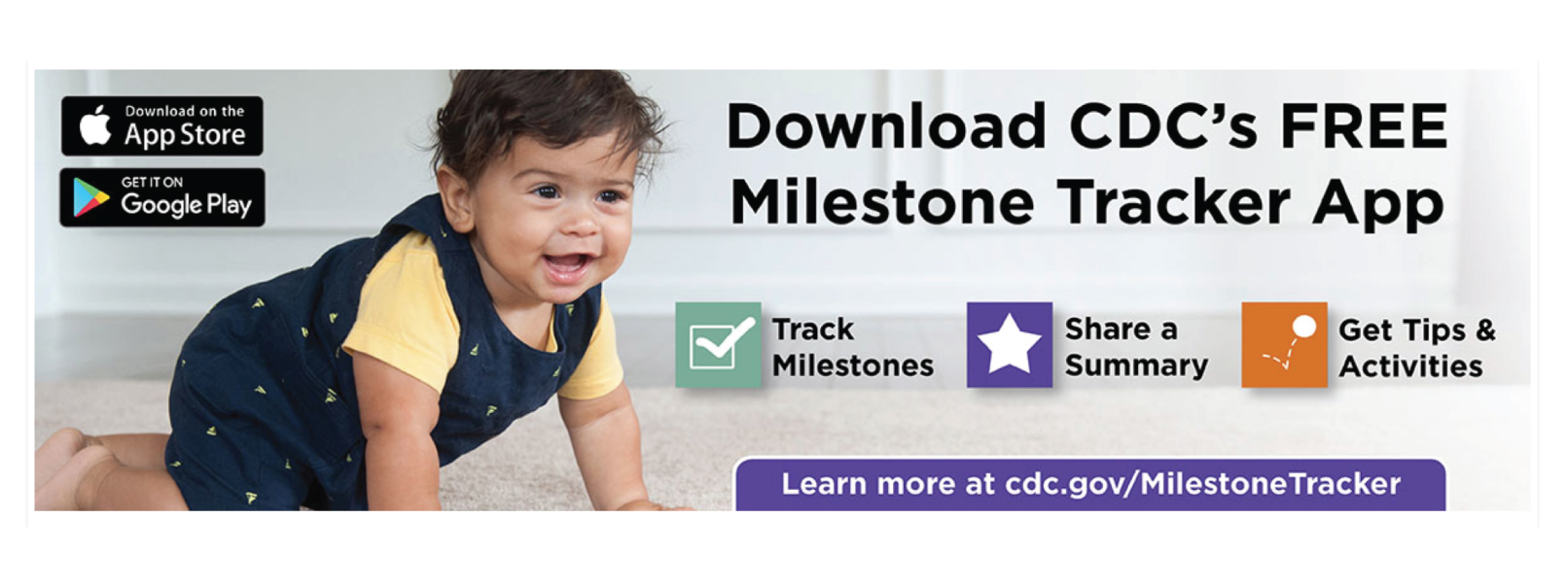












Guam Early Hearing Detection & Intervention
University of Guam Center for Excellence in Developmental Disabilities Education, Research, & Service
University of Guam Center for Excellence in Developmental Disabilities Education, Research, & Service (Guam CEDDERS)













Babies who have congenital CMV appear healthy at birth.
A few babies who have CMV who appear healthy at birth develop signs over time, sometimes not for months or years after birth. The most common of these late-occurring signs are hearing loss and developmental delay. A small number of babies may also develop vision problems.
The more common signs and symptoms in babies who have congenital CMV and who are sick at birth include:
Adults with weakened immune systems, might experience serious problems that affect your:
Healthy adults who are infected with CMV may experience few if any symptoms. When first infected, some adults may have symptoms similar to infectious mononucleosis, including:
See your doctor if:
CMV is related to the viruses that cause chickenpox, herpes simplex and mononucleosis. CMV may cycle through periods when it lies dormant and then reactivates. If you’re healthy, CMV mainly stays dormant.
When the virus is active in your body, you can pass the virus to other people. The virus is spread through body fluids — including blood, urine, saliva, breast milk, tears, semen and vaginal fluids. Casual contact doesn’t transmit CMV.
Ways the virus can be transmitted include:
Careful hygiene is the best prevention against CMV. You can take these precautions:
| Type | Name | Download PDF | Download Text |
|---|---|---|---|
| Brochure | What is Cytomegalovirus (CMV)? | ||
| Brochure | Hearing and Speech Development (English) | ||
| Brochure | Newborn Hearing Screening Program Brochure (English) | ||
| Journal | Shared Plan of Care Journal | Text | |
| Brochure | Newborn Hearing Screening Program Brochure (English) | Text | |
| Brochure | Newborn Hearing Screening Program Brochure (Chuukese) | Text | |
| Brochure | Newborn Hearing Screening Program Brochure (Chamoru) | Text | |
| Brochure | Newborn Hearing Screening Program Brochure (Tagalog) | Text | |
| Brochure | Newborn Hearing Screening Program Brochure (Korean) | ||
| Brochure | Hearing and Speech Development (English) | Text | |
| Brochure | Hearing and Speech Development (Chuukese) | Text | |
| Brochure | Hearing and Speech Development (Chamoru) | Text | |
| Brochure | Hearing and Speech Development (Tagalog) | Text | |
| Brochure | Hearing and Speech Development (Korean) | ||
| Brochure | Family Support Group | Text | |
| Brochure | Family Support Group (Korean) | ||
| Directory | 2023 Neni Directory | ||
| Directory | 2018 Neni Directory | Text | |
| Directory | 2017 Neni Directory | Text | |
| Early Childhood | Hugando Parent Play Book (English) | Text | |
| Early Childhood | Hugando Parent Play Book (Chuukese) | ||
| Early Childhood | Hugando Parent Play Book (Tagalog) | ||
| Early Childhood | 2015 Guam Early Childhood State Plan | Text | |
| Early Childhood | 2015 Guam Early Learning Guidelines (Birth to 36 Months) | Text | |
| Early Childhood | 2014 Guam Early Learning Guidelines (Three to Five Years) | Text | |
| Early Childhood | 2013 School Readiness Plan | Text | |
| Fact Sheet | 2020 Project Na' Mas Fitme Fact Sheet (English) | Text | |
| Fact Sheet | Project Fitme Fact Sheet (English) | Text | |
| Fact Sheet | Project Fitme Fact Sheet (Chamoru) | Text | |
| Fact Sheet | Project Fitme Fact Sheet (Korean) | ||
| Fact Sheet | Project Fitme Fact Sheet (Tagalog) | Text | |
| Fact Sheet | Project Fitme Fact Sheet (Chuukese) | Text | |
| Poster | Guam EHDI Audiologist | Text | |
| Poster | Milestones of Normal Hearing and Speech Development | Text | |
| Poster | Is Your Infant “At Risk” for Hearing Loss? | Text | |
| Poster | Guam EHDI Poster | Text |
Babies learn to talk and communicate through hearing sounds and words from you and those around him/her. If your baby has a hearing loss, it may interfere with his/her ability to speak and communicate. Hearing screening allows you to know if your baby has a hearing loss so you can get the appropriate intervention services as soon as possible.
No. The law mandates newborn hearing screening as a standard of care for ALL newborns on Guam. The screening is part of the routine care given to babies at birth, just like taking their weight and temperature.
If your baby fails the hearing screening, it does not mean he or she is deaf or has a hearing loss. It just means your baby needs further testing. Your baby will be referred to the Guam Early Intervention System (GEIS) for further hearing evaluation. It is important to keep your baby’s hearing evaluation appointment to find out if your baby has hearing loss. Some babies need to be tested again even if they pass the first screening. Some babies may have certain risk factors that may cause a hearing loss, as they grow older. These babies need to have a hearing evaluation at 6 months of age, so discuss this with your baby’s doctor for a referral to an audiologist.
If your baby was identified with one or more of the high risk indicators listed above, or if any of these risk factors show up later, please call Guam Early Intervention System (GEIS) at (671) 300-5776 to schedule a FREE hearing screening BEFORE your baby is 6 months old. You can also make an appointment with your baby’s doctor to share your concerns about your child’s hearing.
The Guam EHDI Family Support Group is made up of parents with children ages 2-10 who are deaf or hard of hearing and their families. The Group has been meeting since 2004 and has been sharing joys and tribulations of the challenges they face.
For more information or to join the group, contact one of the family leaders below:
Joyce Tejeresas
Mobile: (671) 838-4215
Email: flores.joyricha.joyce816@gmail.com
Ann Marie Cruz
Mobile: (671) 777-7991
Email: amdcruz@teleguam.net

Developmental milestones are a set of functional skills or age-specific tasks that most children can do at a certain age range. Your pediatrician or primary health care provider uses milestones to help check how your child is developing. Every child is unique. Therefore, although each milestone has an age level, when a developmental milestone is achieved varies from child to child.
Download CDC’s Free Milestone Tracker App from the Apple App Store, and Google Play. Learn more at cdc.gov/MilestoneTracker.
303 University Drive
House 22/23 Dean Circle
Mangilao, GU 96913
Phone: (671) 735-2466 • TTY: (671) 734-6531
Fax: (671) 735-2436